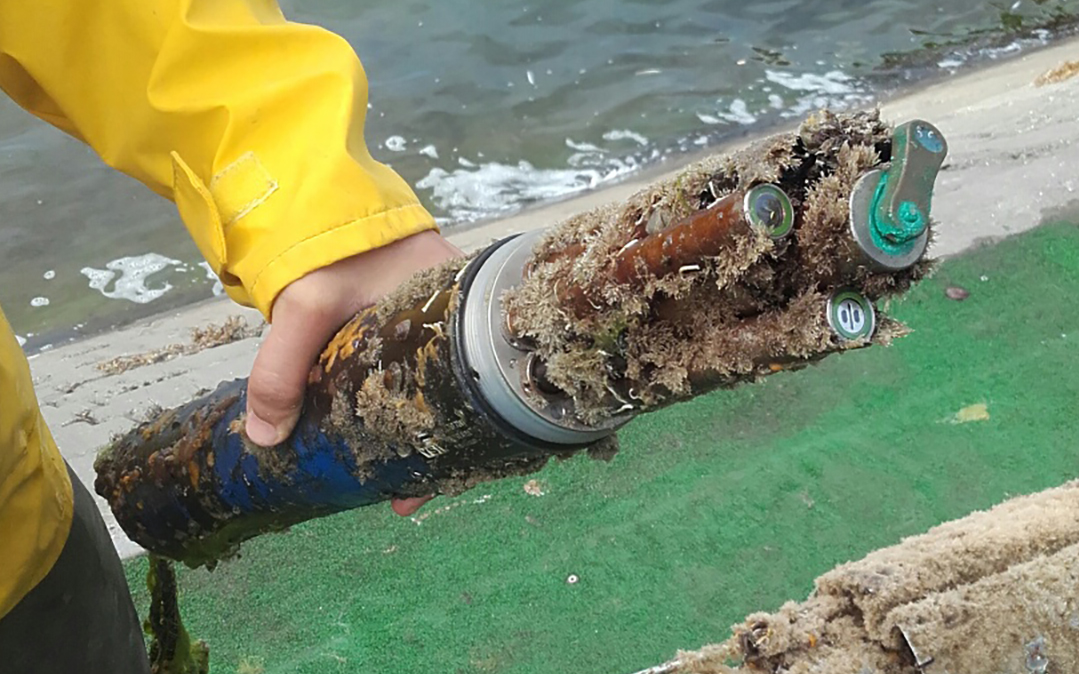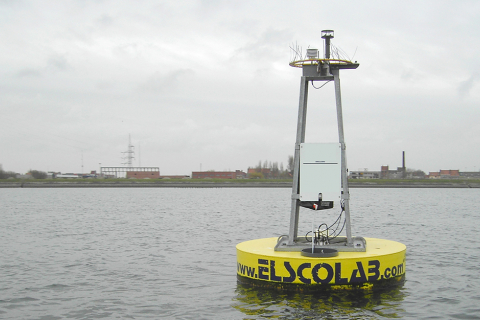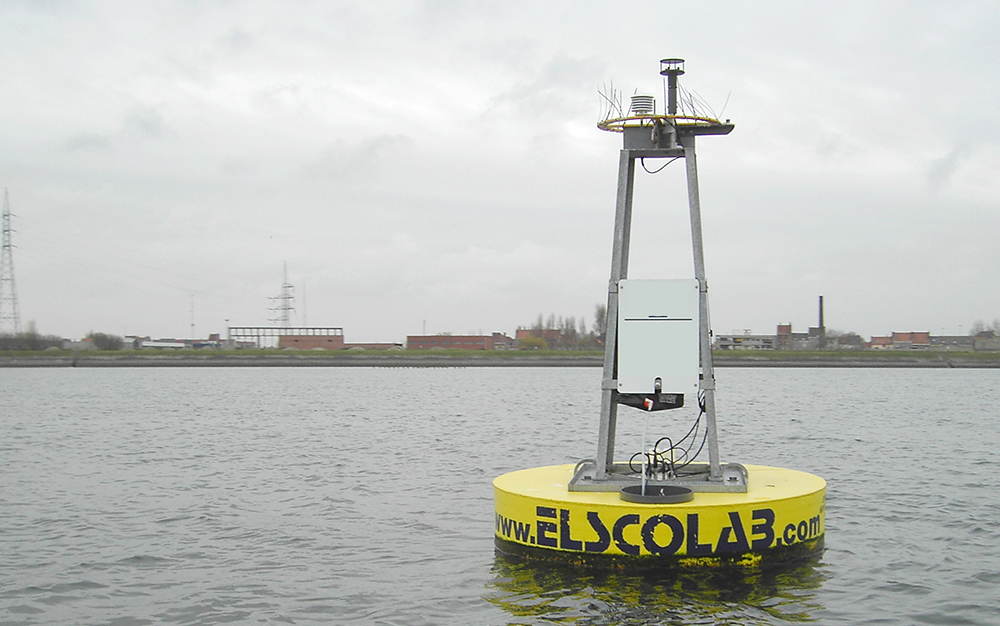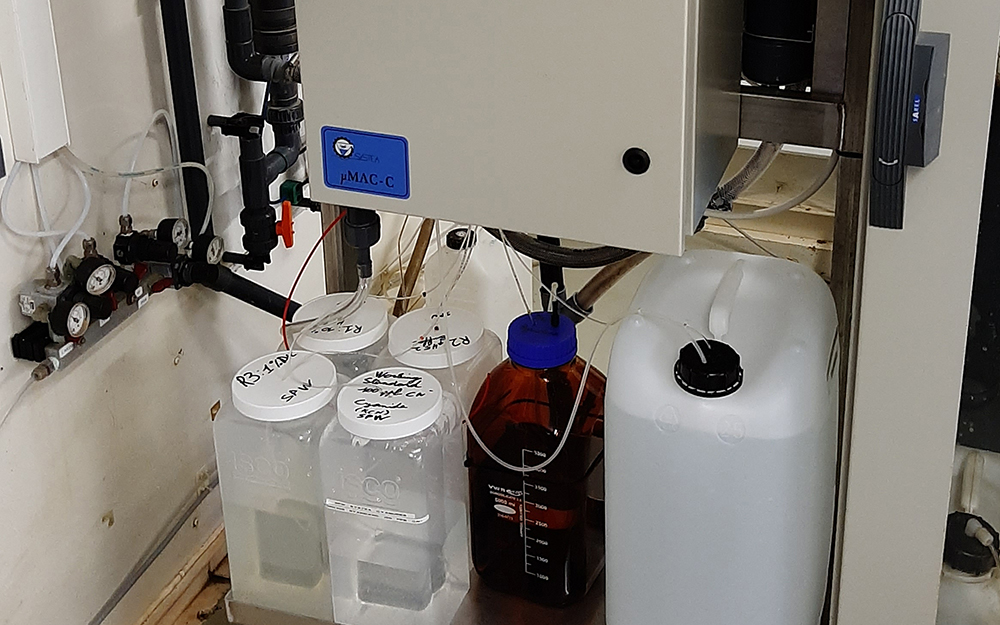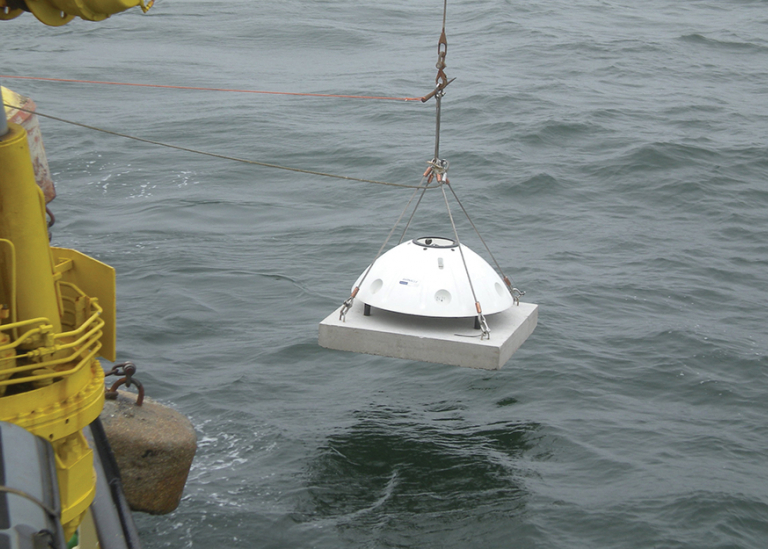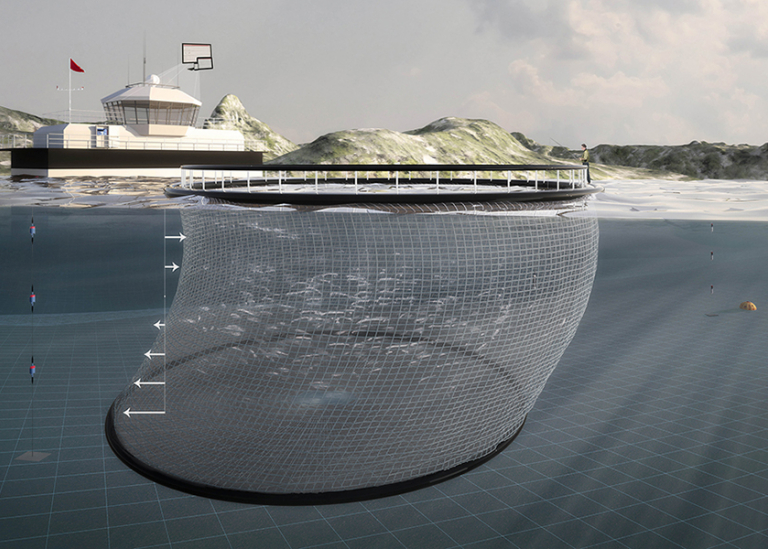
Ocean & Maritime
Whether it concerns research into tides, fish farming, wave impact, coastal erosion, sediment transport or salinisation, one thing is certain: the measurement solutions must be able to withstand the harshest weather conditions and unrelenting seawater. The option to measure autonomously and for a considerable long-term is also a key factor.
Applications on the coast or rather in the deep sea? No problem at all! And this applies to water quality, flow and current measurements as well as wave measurements up to fully equipped measuring buoys. In addition, measurements can be monitored in real time, allowing timely action to be taken when critical threshold values are about to be exceeded.
Possible measurements on seawater
Water quality measurement
A wide range of parameters can be measured with different sensors. The probes are extremely robust and suitable for portable measurements or for continuous in-situ measurements in the water column. Long-term reliable and accurate measurements are possible because a copper housing and an efficient wiper system eliminate the number one cause of incorrect measurements: biofouling. Moreover, multiple variables can be measured simultaneously via multiparameter probes. Based on your desired application, we will look for the most suitable measuring device and sensor composition for you.
With probes, there are two different measuring principles. On the one hand, you have optical probes that measure the absorption or luminescence spectra of specific substances present in the water column. They link the duration or strength of the signal to the concentrations of these substances. For this reason, fDOM, TOC, TSS, turbidity, dissolved oxygen and the amount of (blue) algae can be determined.
The electrochemical probes measure the signal strength caused by certain ions present in the environment. They allow the determination of pH, redox, (specific) conductivity, salinity, seawater density and TDS.
If parameters such as the concentration of iron ions, nitrates, nitrites, ammonia, phosphates and total nitrogen and phosphorus have to be measured in salt water, analysers offer a solution. Both portable field devices and stationary devices for targeted research are possible here. Such an analyser may be regarded as an autonomous mini-lab because these devices automatically add chemical reagents to water samples that they may or may not take themselves. Next, the concentration of various nutrients is determined by means of photometry or colorimetry in combination with fluorescence. Using this method, nutrients can be measured very accurately even at low concentrations.
Flow and current measurement
The most suitable method for mapping ocean currents is via the acoustic Doppler principle as this method is robust, requires no calibration and is virtually insensitive to biofouling. It is also possible to perform either point measurements (flow meters) or current profiles (profile meters). Depending on the device, 2D horizontal or 3D vertical current velocity profiles can be measured.
Wave measurement
In-situ measurements are able to map wave dynamics much more extensively and in more detail than satellite and radar-based measurement methods. There are three different in-situ measurement solutions to accurately and reliably map wave characteristics (wave height, period, direction, energy spectrum, swell vs. wind waves, etc.):
- Motion sensors mounted on a buoy register wave movements very accurately.
- Acoustic meters that derive many parameters based on the orbital movements generated by waves in the water column.
- Pressure sensors that can detect pressure fluctuations caused by tides and waves.
For each type of project we work out the most optimal solution taking account of your wishes and budget. We support you from single sensor installations to advanced autonomous measuring buoys fully equipped with solar panels and weather stations to mobile measuring vessels such as AUVs (Autonomous Underwater Vehicles) and ASVs (Autonomous Surface Vessels). The latter can be controlled remotely or follow a pre-programmed route and take measurements in the water column and on the water surface respectively.
More information?


